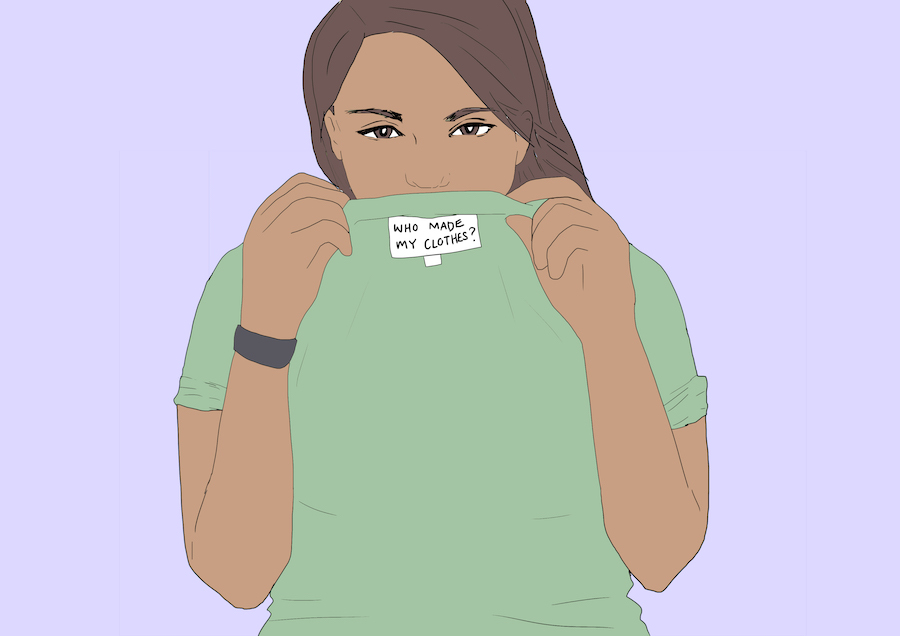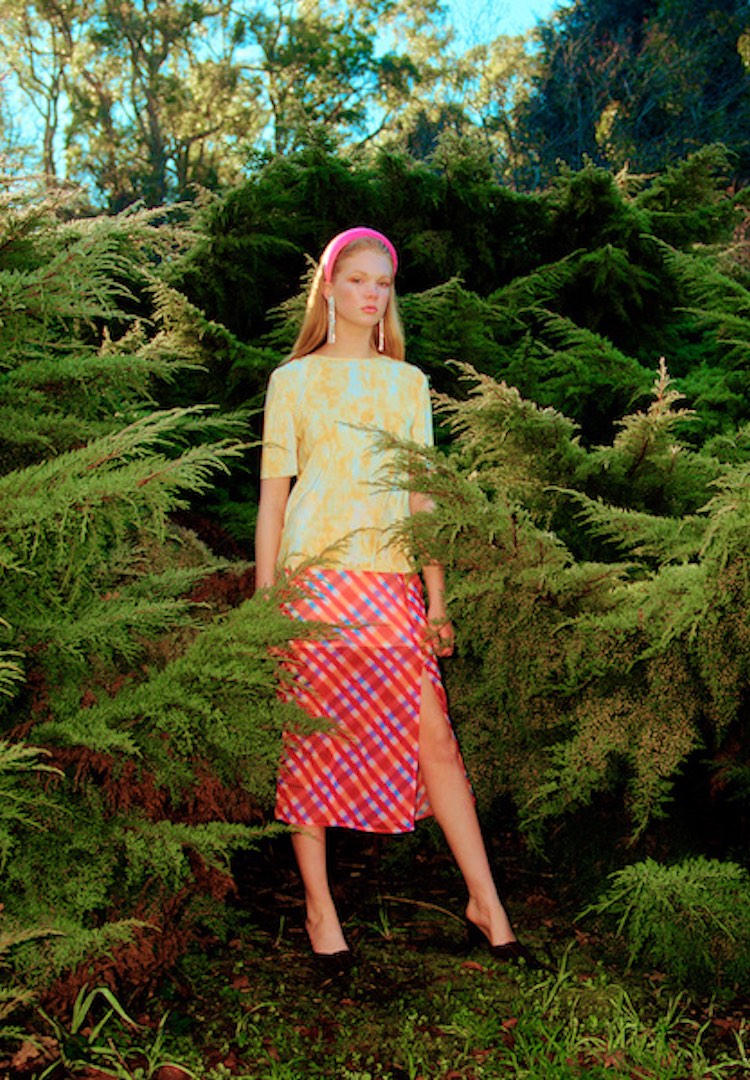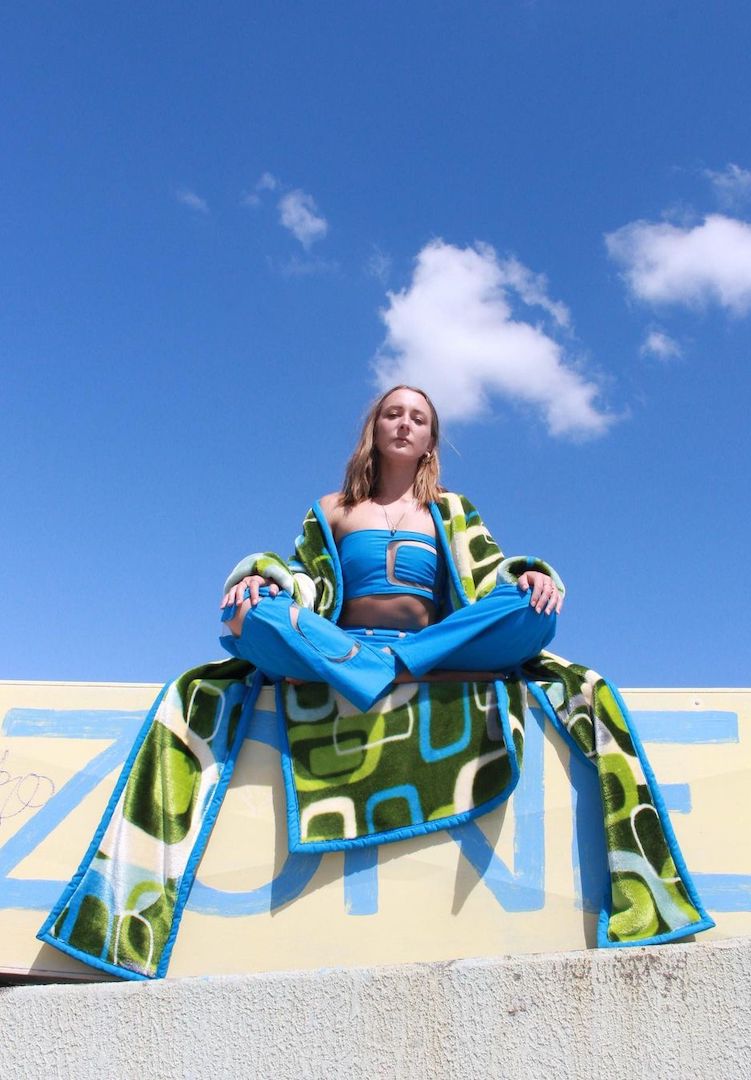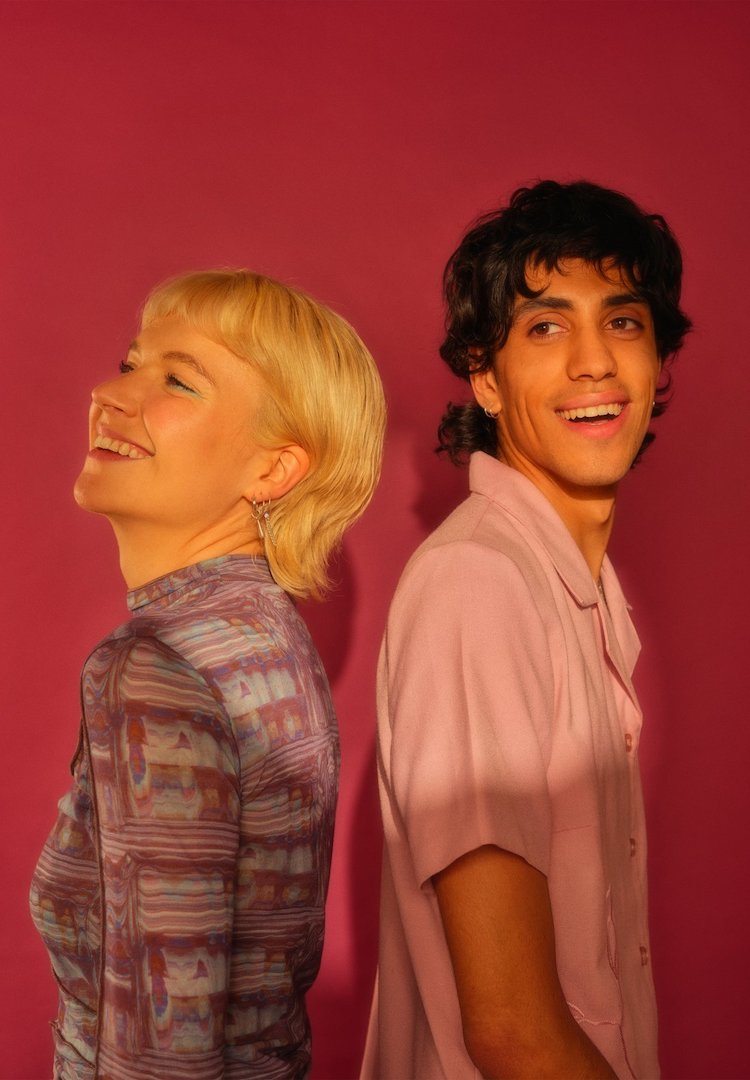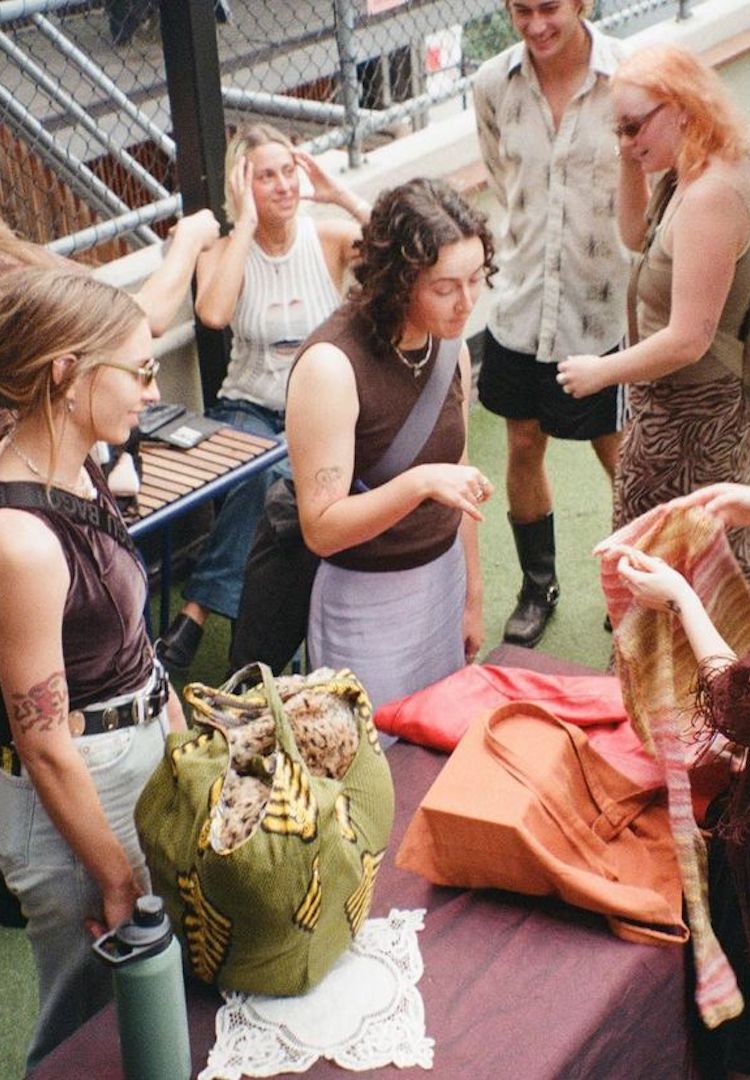Fashion Revolution Week for dummies
Because I was one.
Welcome.
You must be here because:
- You are a Fashion Revolution Week dummy
- You are absolutely not a Fashion Revolution Week dummy and just came here to confirm everything you already know (right).
Whatever the reason, it’s OK. I, myself, am a former dummy.
But as Fashion Revolution Week approaches its fourth term, it’s probably about time you learnt a thing or two about the movement. It’s really important and affects everyone who has ever bought an item of clothing (that’s you).
What is it?
First of all, it’s a relatively young movement, if you can call movements ‘young’.
Four years ago on April 24 2013, over 1100 people were killed and over 2500 injured when the Rana Plaza clothing factory collapsed in Bangladesh.
The Rana Plaza complex housed four garment factories that were used by global fashion chains. The collapse, therefore, shone a spotlight on the exploitative nature of fast fashion production.
On this day, Fashion Revolution was born.
From April 24 to April 30 every year, the movement asks consumers to pose the question: who made my clothes?
The idea is that if consumers are repeatedly asking the question, brands will have to answer. Much like a child asking their mum for a second Go-Gurt, the idea is that eventually they’ll grow tired of our nagging and give in.
While a few pioneer companies in the industry currently reveal who makes their clothes, this needs to increase. The first step towards a safe and ethical fashion industry is transparency.
But to make that happen, we have to ask.
The facts
The majority of people who manufacture clothing for the global market live in poverty, working in unsafe working conditions with very little pay.
According to Clean Clothes, 80 per cent of these workers are women, with sexual harassment and gender discrimination running deep in the industry.
Low wages keep these workers in a cycle of poverty, increasing pressure on them to work longer hours which then impacts their health and safety.
And while it goes without saying, the negative impacts of fast fashion production weigh heavily on the environment too.
For example, it takes 2270 litres of water to make a T-shirt. One T-shirt. To give you some perspective, that’s the average amount of water we drink over a three-year period.
What about one pair of jeans? About 757 litres or 200 gallons. That’s the equivalent of 285 showers.
I can just see my dad shaking his head in disgust, all of those years spent yelling at me to get out of the shower.
How can I get involved?
There are a hundred ways you can get involved, big and small.
You can start by turning your T-shirt inside out.
Since its inception, Fashion Revolution Day has seen consumers upload selfies with their labels on show, along with the hashtag #whomademyclothes?
2015 saw designer Stella McCartney upload her own selfie and 2016 resulted in 70,000 people taking part in the online campaign.
It’s an easy way to get behind the movement but if that doesn’t quite cut the mustard for you, here are some other ways you can get involved:
- Write a letter to a brand with help from the Fashion Revolution guide. They’ve even created a handy ‘lil template for you.
- Create a love story about an item of clothing you would never part with. That dusty old denim jacket? Your Dr. Martens boots you wore to your first festival? Make a video, write a poem or photograph your beloved piece. Whatever gets your creative juices flowing.
- Attend a Fashion Revolution Week event (or host your own). They’re happening all over the world, with many in Aus ranging from lectures, clothing swaps, pop-up shops and yoga.
- Become a student ambassador. Put on an event with your uni pals, like a panel discussion or film screening. Anything that encourages people to get involved and get talking.
- Read the Fashion Revolutionary booklet and get inspired. For further reading, there’s plenty online, including this nifty zine or this article by Sigrid McCarthy of Ethical Clothing Australia.
Hopefully, by now, you’re feeling a little more informed about the ethical fashion conversation. The next step is to brag to your friends about how much you know and get them involved too (you can start by sending them this article).
Now go forth and make me proud. Spread the word and shop ethical like the well-informed consumer you are.


